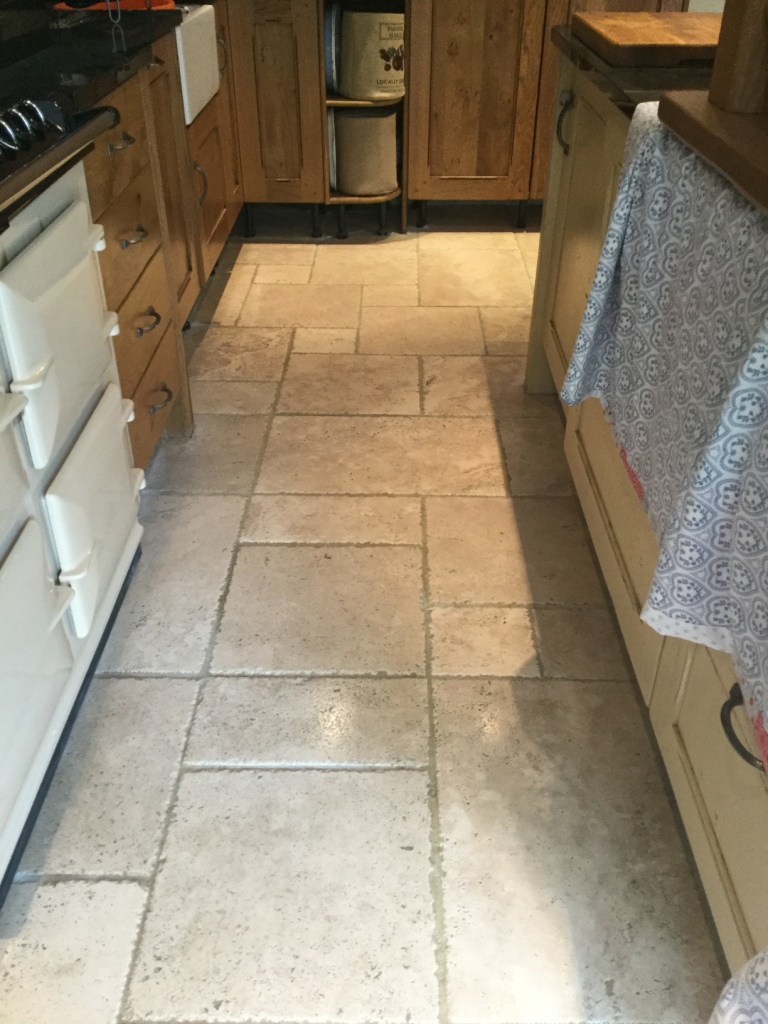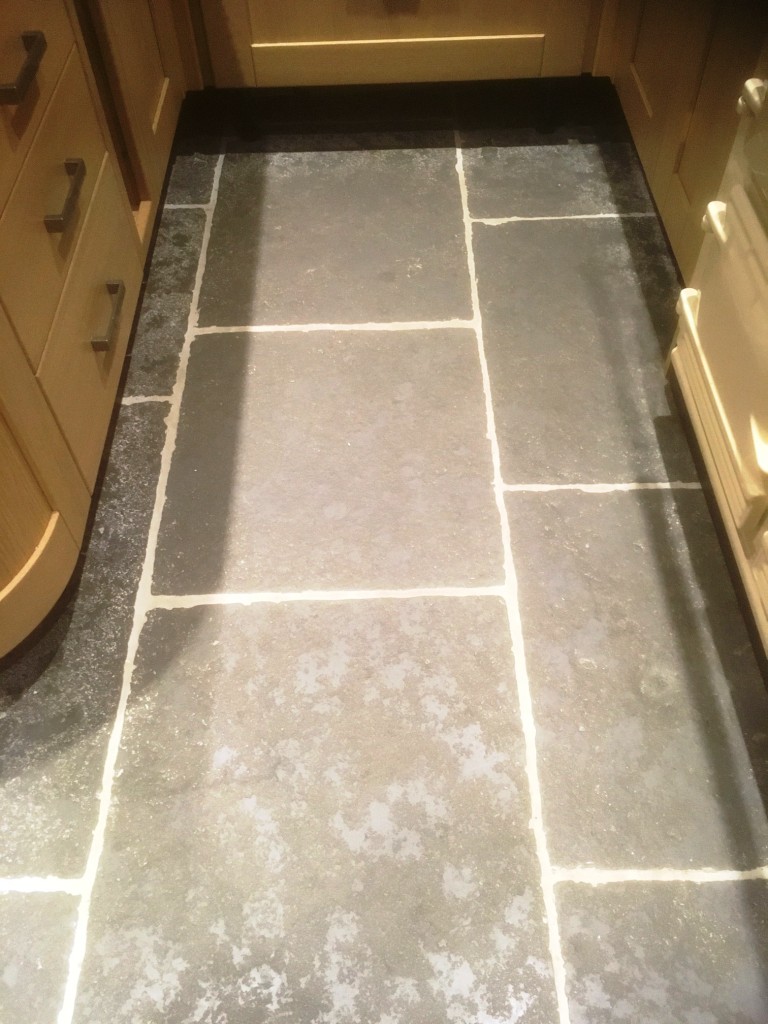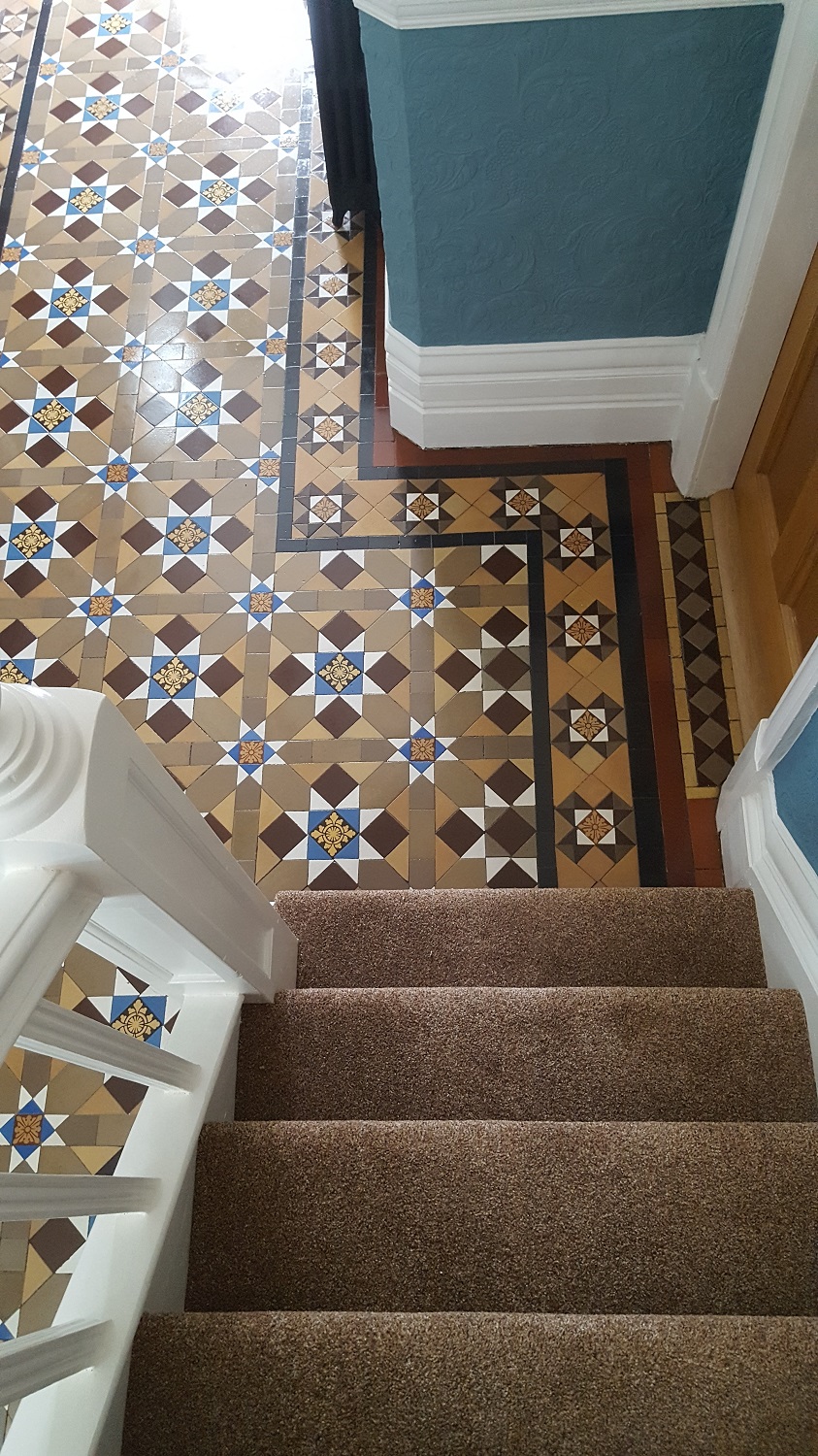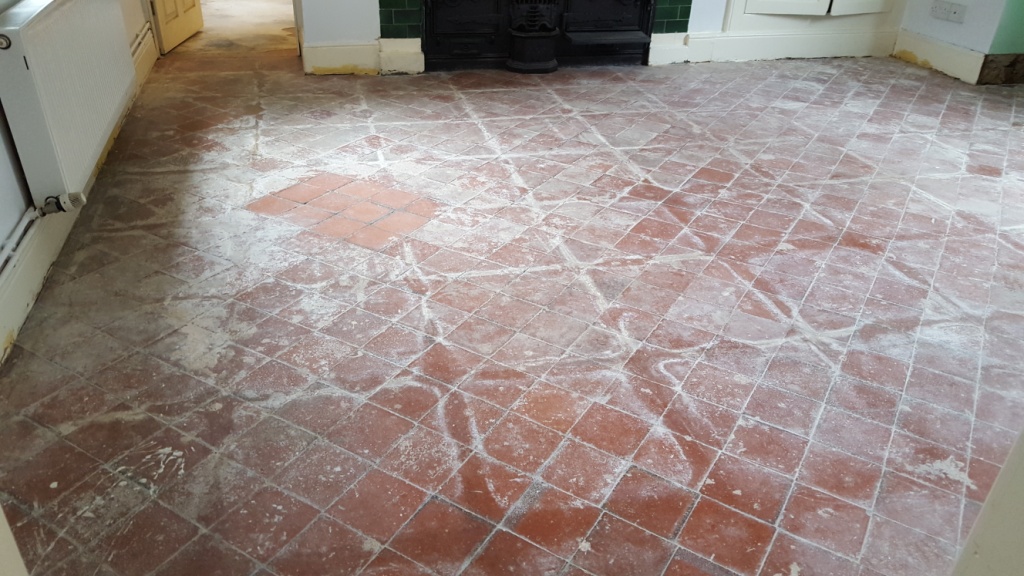What You'll Need:
- Sponge Mop
- Bucket
- Warm Water
- Bleach
- Wax
- Broom
The sticky residue is a combination of the vinyl coating, the dirt, and the water. When all three are combined together then what is left over is a sticky residue that causes the floor to look like it is still dirty. Anyone who walks across the vinyl floors after they have been mopped will leave dirt tracks as it sticks to the floor. To help to get rid of this you will need to sweep the floor before doing any mopping.
Step 2: Use Adhesive Broom
A new innovation in floor cleaning products is a type of broom that has a static pad that dust and dirt clings to. After sweeping the floor of most of the dirt, go over the floor with one of these brooms. Make sure to use a clean pad and possibly changing it in the middle of the process if the vinyl floors are large.
Step 3: Mix Water and Bleach
Vinyl floors need to have some bleach added to the cleaning solution to get rid of the stains, embedded dirt, and break down any residue that can build up. Mix warm water and bleach solution into a pail. The water must be warm, and even a little hot, in order for the dark stains to be lifted off the vinyl.
Step 4: Use Sponge Mop
A mop that has stringy cloths are only going to trail dirt behind it. A sponge type mop, that has a built in strainer, is the best option for cleaning vinyl floors. Dip the mop into the cleaning solution and strain the excess water out. Push the mop in a back and forth motion and then dip into the water again. Using a mop that has dirty water on it can scratch the vinyl flooring or leave dirt streaks.
Step 5: Use Rags to Dry Floor
The sticky residue can also be avoided with the use of clean rags. Wipe the floor until it is dry so that none of the water can settle on the vinyl flooring.
The sticky residue can also be avoided with the use of clean rags. Wipe the floor until it is dry so that none of the water can settle on the vinyl flooring.
Step 6: Strip and Wax
Another way to keep your floor from having a sticky residue is to periodically strip the wax coating off the vinyl and then apply new wax. Use some ammonia and use a mop to apply it to the floor. This will remove the old wax. Make sure to keep the room well ventilated. After the floor is dry, then apply new wax with a small floor buffer, or through a hand buffer.
Source: www.DoItYourself.com

























